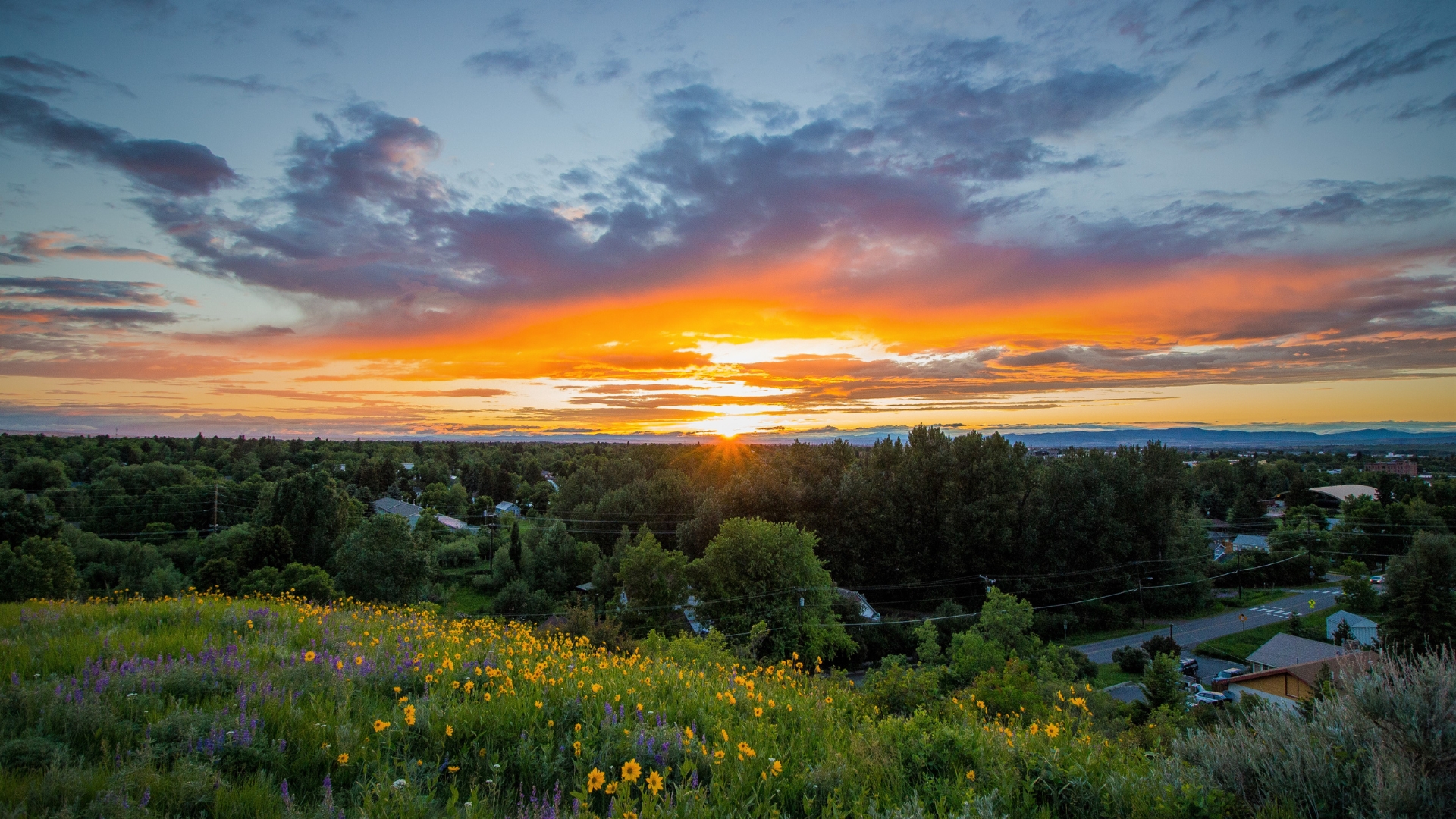The housing affordability crisis is one of the most pressing issues facing the United States today. In Bozeman the trend is particularly bad, but the problem is national and results from policy failures at the local, state, and federal levels. The massive increase in housing costs is deeply harmful to people, communities, and the American economy. There are several main contributing factors:
• Lack of construction, especially in economically vibrant, rapidly growing areas
• Large companies buying up housing stock
• The rise of AirBnB and similar short-term rentals
Lack of supply is the overarching cause of the crisis and we will come back to it in a minute. The rise of the corporate landlords and Airbnb remove already scare housing capacity from the market. Municipalities should strongly consider cracking down on Airbnb type operations with a few exceptions. Berlin Germany voted to ban large corporate landlords from owning property last year1. The US should strongly consider the same (looking at you Blackstone Capital).
Now on to the elephant in the room…lack of new supply. This will be hard for many people to hear, but zoning codes restricting density are the primary cause of the lack of supply in the US. This has prevented cities and towns from being able to accommodate increases in population. The result is astronomical housing costs in the most economically productive parts of the US and inflated costs nationwide. One study demonstrated that local land use restrictions cut US GDP growth by more than 50% between 1964 and 20092. This means that housing restrictions are likely the single greatest burden on the entire US economy! Local governments in the US have almost unlimited power to restrict building within their borders and they often do so at the behest of the wealthy and well-connected. For instance, Whitefish, MT city council recently voted to block a 300-unit middle class apartment complex at the behest of a few such people.
Now I can hear some readers cringing at what I am saying. They don’t want their neighborhood to change. But let’s think about what cities with less strict zoning would be like. You don’t have to look far to imagine. The cores of most cities and towns in the US were built before zoning laws became widespread following World War II. Stand at the corner of 3rd and Koch. What do you see? A stately red brick mansion stands across the street from an apartment building. Other, smaller single-family homes and some duplexes are nearby as is a small building which used to be a store. Just think…in this neighborhood a wealthy person could have a mansion right next door to an apartment building filled with students and renters of modest means. All of them could walk and buy a loaf of bread at the corner store. These pre-zoning neighborhoods tend to be among the most sought-after places to live in the US today which is a powerful argument to allow dense, walkable, mixed-use development. Building neighborhoods like this unfortunately illegal under most zoning codes in the US today, Bozeman’s included. There is something to be said for guided urban planning but how much sense does it really make to so strictly segregate uses that it is not possible for a duplex or apartment building to exist next to a single-family home? How much sense does it make to require stores to be so far from housing that we make it impractical to walk and instead create traffic jams? Cities grow over time and today’s zoning codes effectively prevent neighborhoods from ever evolving to accommodate an increase in population. Most other countries still have some form of land use management, but they are very different than in the US. I won’t take up pages about urban planning in other parts of the world, but I will encourage you all to take the time to Google how Germany, France, and England all manage their urban areas. They have been doing it for a long time and have some of the most wonderful urban spaces in the world. They also tend to be much less expensive than the US. On a final note, many localities have been considering changes to their land use laws to encourage housing construction. New Zealand, which has been facing a similar housing crisis to the US, just took the dramatic step of outlawing many local land use restrictions. Oregon and Minneapolis have taken similar steps in the US. Its time to make these kinds of bold changes these so that Americans can once again enjoy the American dream.
1.) https://www.theguardian.com/commentisfree/2021/sep/29/berlin-vote-landlords-referendum-corporate
2.) https://www.theregreview.org/2018/06/14/somogyi-zoning-codes-gdp/
3.) https://www.brookings.edu/blog/the-avenue/2022/01/24/new-zealands-bipartisan-housing-reforms-offer-a-model-to-other-countries/#:~:text=New%20Zealand’s%20past%20zoning%20restrictions,stimulate%20housing%20construction%20through%20redevelopment.

